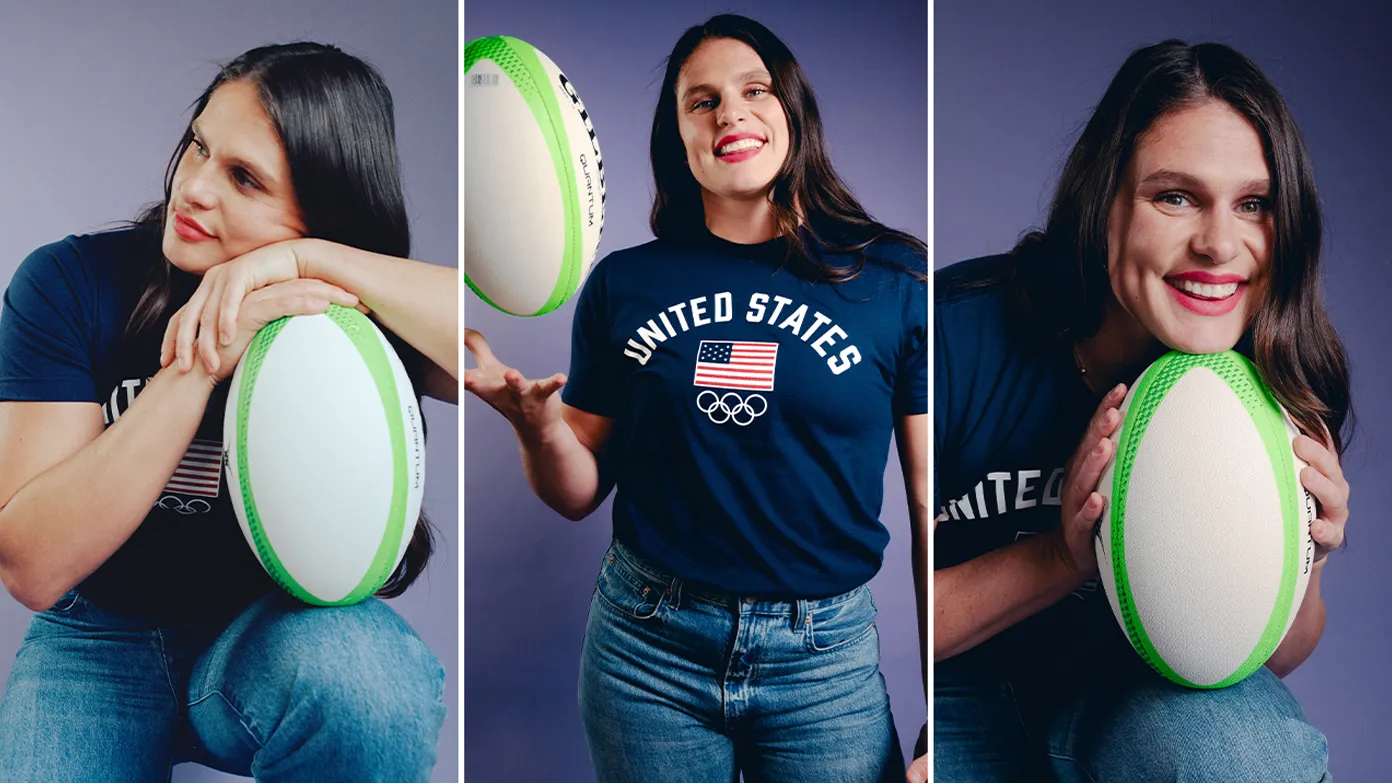
Why personality drives fandom
The A(lpha)-Z of a Personality-First Social Media Approach to Fandom

One of the easiest ways to be a sports fan is to follow your team on social media. Yet, the identifier of ‘Sports Fan’ doesn’t always come with the same experience of engagement. Dependent on who you claim as your favourite, you are likely to see anything from Match Day highlights to TikTok dance trends on social media. As fans have increasingly direct access to their fandoms, the key to success in this area is evolving into a personality-first social media strategy.
At We are Family, we understand how kids and teens engage with their fandoms. As a constant to their everyday lives, social media represents the bridge between fan and fandom with low barriers to entry and a high endorphin return to engagement rate. Recent research reveals that tweens and teens value authenticity: they harbour it in themselves and expect it from others, especially from those they look up to. As a result, young sports fans of today are seeking personal connections with their favourite athletes and teams.
Why Personality Sells in Sports
Historically, male and female sports teams have been represented by different social media content online. Rooted in long standing differences between representations of men and women in all forms of media, sports content shines alternating lights on the athletes at centre stage.
Male sports stars have a legacy handbook representing hundreds of years of branding strategy to draw on: strong, tough, stoic, proud, humble and other synonyms to describe the likes of Muhammad Ali, Cristiano Ronaldo or Micheal Jordan. The male athlete persona is rooted in decades of fan expectations along these lines.
Alternatively, according to the Women’s Sports Foundation, female sports experience less media coverage than male sports, and content that is made is generally focused on topics and tone that overshadows athletic achievements in favour of criticism. Even household names such as Serena Williams and Simone Biles have faced media scrutiny based on appearance and mental health advocacy.
However, as the distance between fan and athlete has drawn closer with more direct communications streams, there is increasingly casual dialogue emerging on social media. With a currency of engagement statistics, social media content has diversified to include greater insight into athletes’ personal lives. Posts now include reference to their values, relationships with family and teammates, and their unique personalities and interests.
This strategic shift has not developed in a silo: female sports stars have been at the forefront of this development.
How Female Athletes Have Led the Change
As social media removed the power of content production from third-party procedures in the shape of Facebook, Instagram and now TikTok, female athletes have been able to take control of their media representation. With direct access to their audiences, they have been able to prioritise the content that both boosts engagement based on their fanbases’ unique tastes, as well as represent themselves in their own image.
And this strategy has been successful. Drawing on insights from the Global Kids Sports Report - where personality ranks in the top three reasons why kids age 7-12 are fans of their favourite sports person, and 85% of fans check social media for sports content weekly - we know that young people want to feel personally connected to their fandoms. One way to encourage this bond is by providing fans with the material to relate to their idols, i.e. behind-the-scenes content, personal stories, funny moments and anything else that has the potential to emotionally engage tweens and teens.
Taking a quick look at @englandrugby and @redrosesrugby on Instagram, there is a notable shift in the type of content released by the men’s team to more closely reflect content that the women’s team produce. Not only has the men’s account hosted content relating to their sister club, but they have also been increasingly including non-rugby related content in 2025: teammates golfing, interviews with club chefs, players’ childhood anecdotes, and hilarious clips from team socials.
What Personal Connection Means for Young Fans
This inclusion of personality-centric content is candy to the young fans’ attention sweet tooth. As a conduit of emotional connection and identity development, fandom is fuelled by how well fans can relate to their idols. Fleshing out on-screen personalities with these stories offer fans opportunities of connection, making the idol less ‘unattainable superhuman’ and more ‘passionate person’, thus facilitating deeper empathetic connection.
Even content not pertaining to the athletes themselves is popular. Fans have a desire for knowledge surrounding their idols because they feel more involved with each new insight gained. And with each new insight is an additional connection forged between fan and fandom, not to mention a new way to show off to friends.
Providing greater breadth of material to audiences also allows for more diverse points of contact with potential fans. Featuring people-centric content pushes the athletes as personalities, rather than relying solely on the draw of their sport: putting the athlete front and centre to social media content with human-led stories creates a welcoming environment in the otherwise daunting world of sport, especially for the novice fan with no other draw to engage.
Case Study: Ilona Maher
You cannot talk about sports social media personalities without mentioning Ilona Maher as a success story. Maher is listed in the Times100 Most Influential Creators 2025 and The Women’s Sport Trust claims, “[her] signing by Bristol Bears helped drive a 9.3x increase in Instagram engagement to 2.5 million, while broadcast audiences rose +281% when she featured in the match day squad.” She is arguably the single most recognised female rugby player of today, and it’s not because she is talking about rugby louder than anyone else.
Maher has rocketed to visibility beyond the sports media ecosystem, landing on the unawares’ explore page and FYP because she knows how to sell personality. She is weird and funny, totally self-confident and loud about who she is and what she believes in, not limiting herself to rugby-only spaces. She has diversified her portfolio with accreditations of Dancing with the Stars, Sports Illustrated Swimsuit and House of Maher, without even mentioning her athleticism as an Olympian.
Her approach to social media content thus captures and profits from many audience segments. Maher embodies both the role as a young women talking to other women, and as a young women talking to little girls. This direction is appealing to young female fans because it allows them a glimpse into the aspirational status of women, while also talking directly to them as younger audiences in a language they understand. The cultural currency and unique language patterns obtained by Maher from being a TikTok consumer - as well as creator - allows her to seamlessly integrate into younger spaces because it indicates a shared experience or mutual understanding.
This ability is especially important to older influencers. At 28 years old, Maher is on the cusp of Millennial and Gen Z identification, putting her in danger of being unrelatable to the up-and-coming Generation Alpha. Only by staying engaged with the content that her audiences consume, does Maher also remain relevant to her audiences' tastes. By putting her personality and beliefs at the forefront of her content, she remains reactive to constant shifts in her audience attention and consumer habits.
What This Means for Brands
The adage ‘personality sells’ rings true with every like, comment and subscribe in the digital media ecosystem, and there is no exception when it comes to sports fandom.
With the barrier between fans and fandom getting lower with each innovative strategy launched online, it may be helpful to remember that young fans are not only looking for ways to engage, but people to engage with. First and foremost, the fandoms they claim are made up of people they respect, idolise and want to connect with: putting personality at the centre of your brand strategy might just make that connection easier to create and maintain.
The WAF POV is this: in a dense media ecosystem made up of social media, streaming, gaming and micro-consumption platforms, inauthentic and try-hard content from brands that think they understand young audiences is not landing. Growing up in this environment has left Gen Z and Gen Alpha with a desire for genuine connection, and they will continue to seek it out from one of the only ways they know how: online.
For brands trying to grow fandom with young audiences, it’s time to give a voice to the faces behind the brand.
Image Source - @TeenVOGUE


